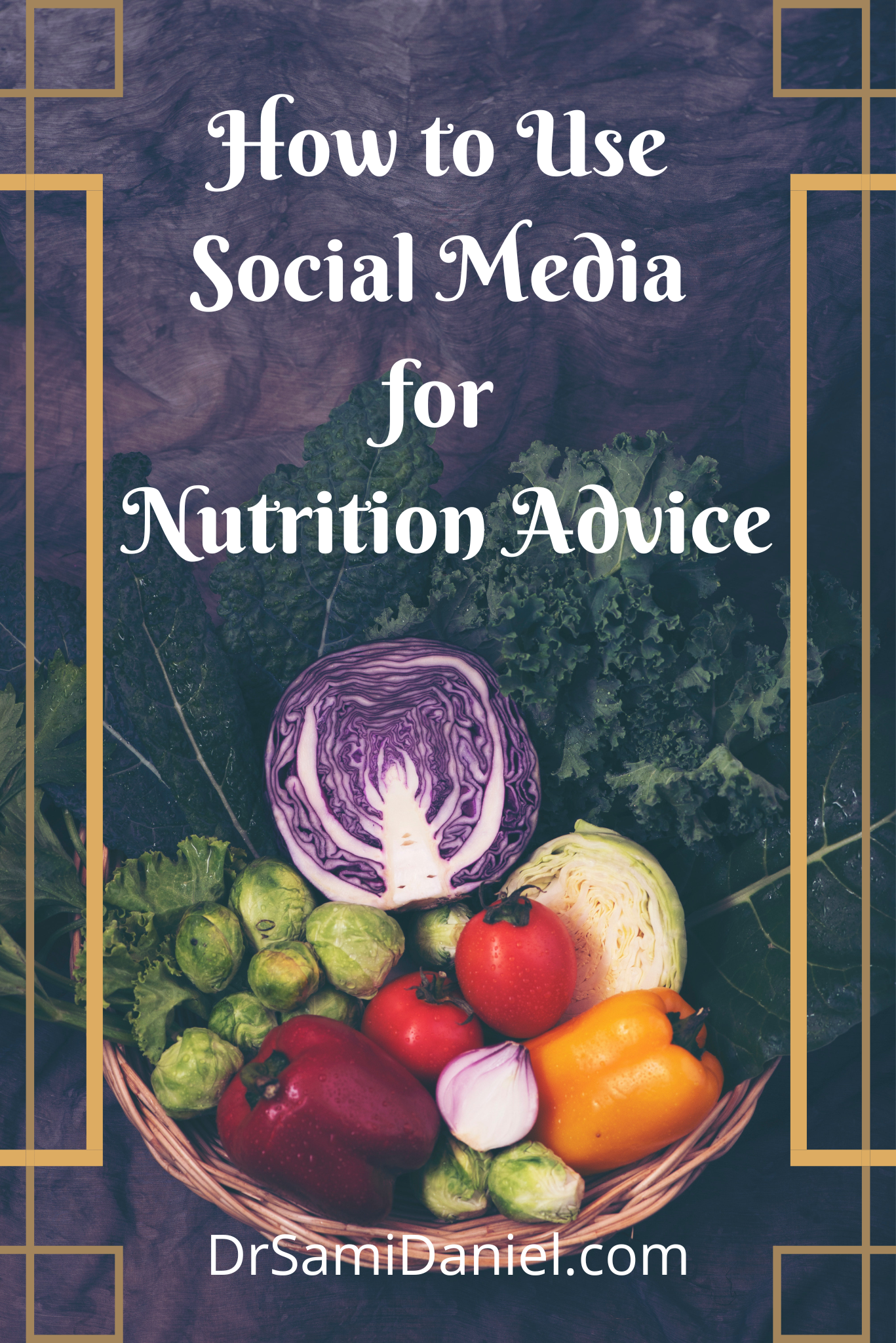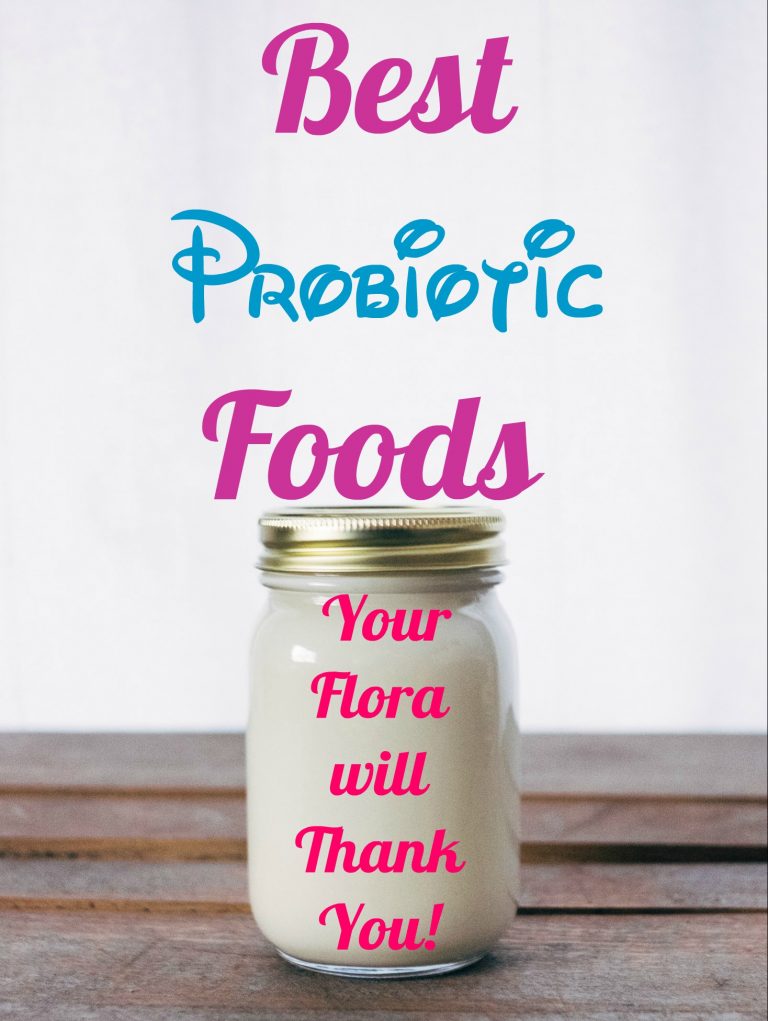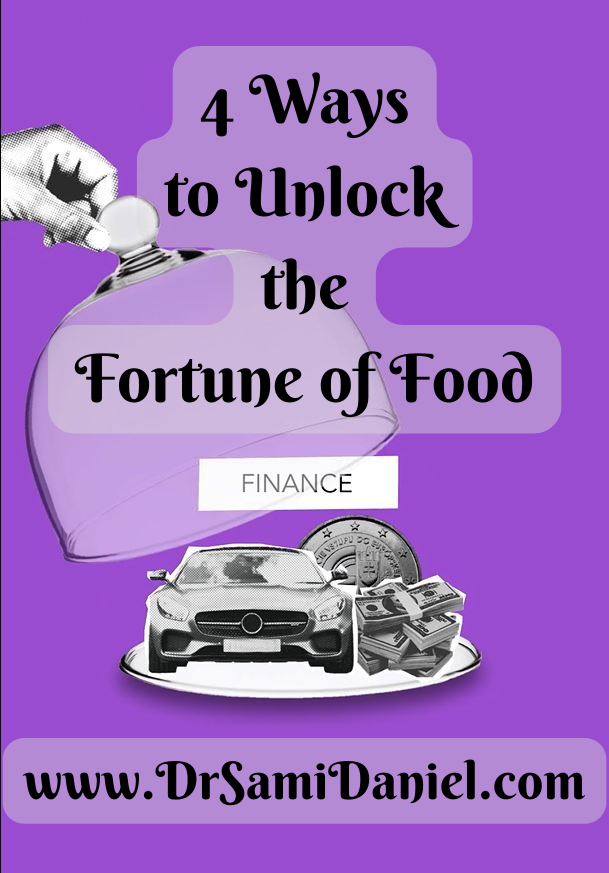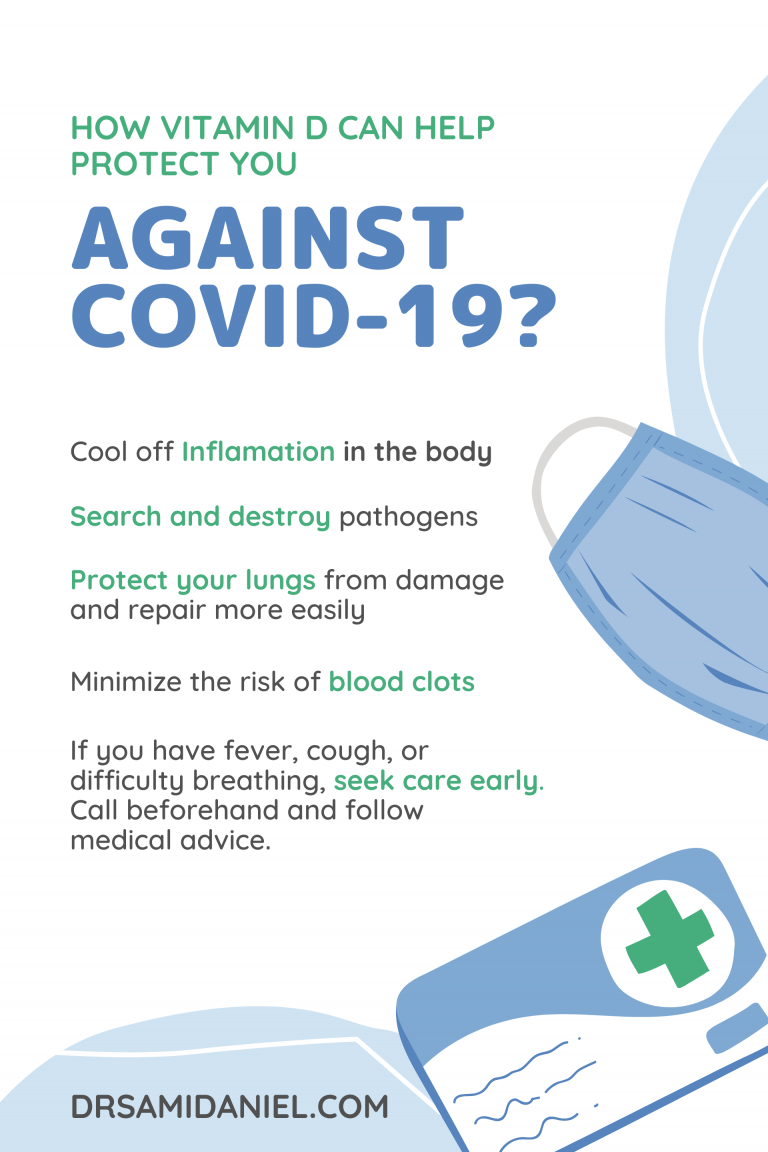How to Use Social Media for Nutrition Advice
You made a decision that you want to get healthy and start a diet.
But it seems there are as many diets as there are people in this world.
And to make things more confusing, many people go on social media and show what they eat on a given diet.
Theoretically, a person on a vegan diet should follow the same rules as any other vegan would follow.
Similarly, a person on a paleo diet should eat similar things as any other person on the paleo diet.
And a person following a Mediterranean diet should follow that particular diet’s guidelines.
However a recent study suggests that there is a lot of misinformation and confusion on social media.
So how can we tease out the correct information and be confident that what we eat will help us accomplish our goals of living vibrant and healthy lives?
Misinformation and Confusion
Dr. Raber et al. understood that the Mediterranean diet is associated with reduced risk of cardiovascular disease.
She and her team created a study which reviewed the content available on Tik-Tok at #mediterraneandiet.
They analyzed the first two hundred posts on the page for their study to simulate what a new user of Tik-Tok would see.
They found that there were two main types of posts.
- One type of post shows how the Mediterranean diet is heart healthy (usually posted by people with some sort of health related credential).
- The other type of post simply showed various Mediterranean cuisine (which did not always align with the Mediterranean diet according to guidelines set by the American Heart Association).
Dr. Raber’s team noticed that people easily confused what they see on the social media platform with a legitimate dietary advice.
Her team also seems to imply that those people with health credentials can also get confused since her team apparently found examples of their posts highlighting Mediterranean cuisines that do not necessarily fit the description of the Mediterranean diet.
Where can we get reliable information
Certainly many of the cuisines shown on the page are from Mediterranean countries. However they do not always fit the criteria of the heart healthy diet has found by the American Heart Association.
As mentioned earlier everyone has their take on different diets and interpret things in their own way.
However if you want to know exactly what a diet should consist of before you start looking for recipes, then the first place to look would be some sort of reliable source.
A resource that is based on research which is not influenced by interpretation.
So for example, a common Mediterranean cuisine might include kabobs and pita bread. However is it really healthy for your heart to eat red meat and bread all day, every day?
Most people know that this is not the path to healthy cardiovascular function; Even if such a cuisine carries the label of “Mediterranean cuisine”.
Often, meat products are used as a kind of garnish for flavor rather than a main dish. With Mediterranean food emphasizing fruits and vegetables and their main cuisines.
Mediterranean cuisine does NOT always equal Mediterranean diet
So what is a Mediterranean diet?
If you see what the American Heart Association has to say on the diet, they have outlined the Mediterranean diet to include foods that are generally high in fiber and low in fats.
These include a diet rich in fresh vegetables and fruits.
And while you can find a pita place around every corner or restaurants serving up juicy kabobs, kafta, and deep-fried falafel which do represent a portion of the Mediterranean cuisines, this may be small relative to the intake of vegetables.
A Cuisine looks appetizing and delicious, but a diet is a way of life.
Consider HOW people eat food rather than what they eat.
How to use social media
People like to use social media as a One-Stop shop.
You find a particular diet that appeals to you and then you keep using the same platform to get all the information necessary to begin the diet.
Problem lies in assuming that the same platform can provide you with sound nutritional advice.
While this may be true, it is common knowledge the internet is full of falsehoods.
So how do we use social media safely?
- Start by browsing
- Find a cuisine that appeals to you
- Does the content creator seem to suggest a particular diet?
- Do research on that diet by using a credible source like the American Heart Association
- Learn about the foods involved and how they’re made
- Speak with your doctor to ensure that the new diet does not cause Medical problems for you
- Then return to social media for recipes and Cuisine ideas that match your research of heart-healthy choices
- Gather the ingredients, cook, and enjoy!
Conclusion
It’s very easy to lose track of what foods make up a diet. Especially if you get your information on social media platforms.
If there is a particular diet that appeals to you, try to get your information from credible sources.
Think about your goals when starting a diet such as weight loss or to get in shape, find out what kinds of foods are involved with the diet from a credible source, then learn interesting recipes for those ingredients.
And if you are thinking of changing your diet please be sure to speak with your doctor first.
“Healthy” or “Heart-healthy” diets may cause medical problems in people with diabetes or kidney disease just to name a couple examples.
For more information speak with your doctor.







